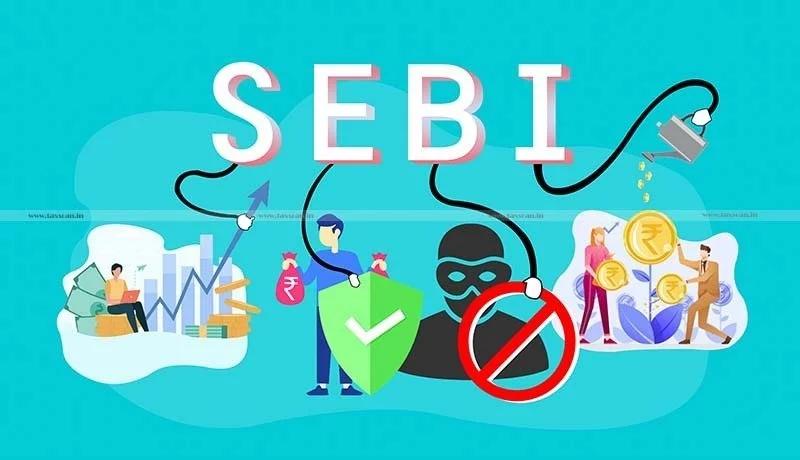
SEBI Regulations and Acquisition of Shares: A Simplified Guide
Under the SEBI Takeover Code, shares are classified based on trading volume into Frequently Traded and Infrequently Traded shares.
- Frequently Traded Shares: Valuation is based on the volume-weighted average market price over the 60 trading days before the public announcement on the stock exchange with the highest trading volume.
- Infrequently Traded Shares: Valuation is determined by the acquirer and the manager of the open offer, considering factors like book value, comparable trading multiples, and other customary valuation parameters.
Income Tax Law on Share Acquisition
Valuation Methods
- Quoted Shares: Valued at the market price on a recognized stock exchange on the valuation date, or the last trading day if no trading occurs on the valuation date.
- Unquoted Equity Shares:
- Transfer of Shares: Uses the Adjusted Book Value method, requiring fair value assessment of assets like land, buildings, jewelry, shares, and securities. This involves detailed valuation, especially for investment/finance companies.
- Issue of Shares: Valuation is based on the Discounted Free Cash Flow (DCF) method, Net Asset Value (NAV) method, or another substantiated method. DCF valuations must be done by a SEBI-registered Category I merchant banker.
- Unquoted Shares (other than equity shares): Valued at the price they would fetch in the open market using any substantiated valuation method.
Company Law on Share Acquisition
For fresh share issues, valuation must be done by an IBBI Registered Valuer per the Companies (Registered Valuers and Valuation) Rules, 2017. For preferential allotment of shares in listed companies, SEBI (Issue of Capital and Disclosure Requirements) Regulations, 2018 apply.
Purchase Price Allocation (PPA) for Financial Reporting
In PPA, the acquirer allocates the purchase price to the acquired assets and liabilities of the target company, per Ind AS 103. This involves identifying, measuring, and valuing tangible and intangible assets, a process requiring deep knowledge of the acquired business and valuation methodologies.
Major Types of Intangible Assets
Marketing-related: Brands, trademarks, trade names, internet domain names, non-compete agreements.
Customer-related: Customer lists, backlog, customer contracts.
Artistic-related: Plays, books, films, music.
Contract-related: Licensing and royalty agreements, service or supply contracts, lease agreements, permits, broadcast rights, servicing contracts, employment contracts, non-compete agreements, natural resource rights.
Technology-based: Patented technology, computer software, unpatented technology, databases.
Common valuation methods for intangibles include the Royalty Relief method (for brands and trademarks), Multi-period Excess Earnings method (for customer relationships), Cost method for assembled workforce, and DCF methods.
Conclusion
Valuation is a critical component of any transaction, requiring thorough analysis and expertise. Inaccurate valuations can lead to unfair gains or losses, market distortions, and misallocation of resources, impacting economic growth. Recognizing the importance of the valuation profession, the Indian government is working on creating a National Institute of Valuers and standardizing valuation practices through the Draft Valuers Bill, 2020.
Expert and independent valuations ensure efficient market operations, benefiting businesses, governments, and stakeholders alike.
